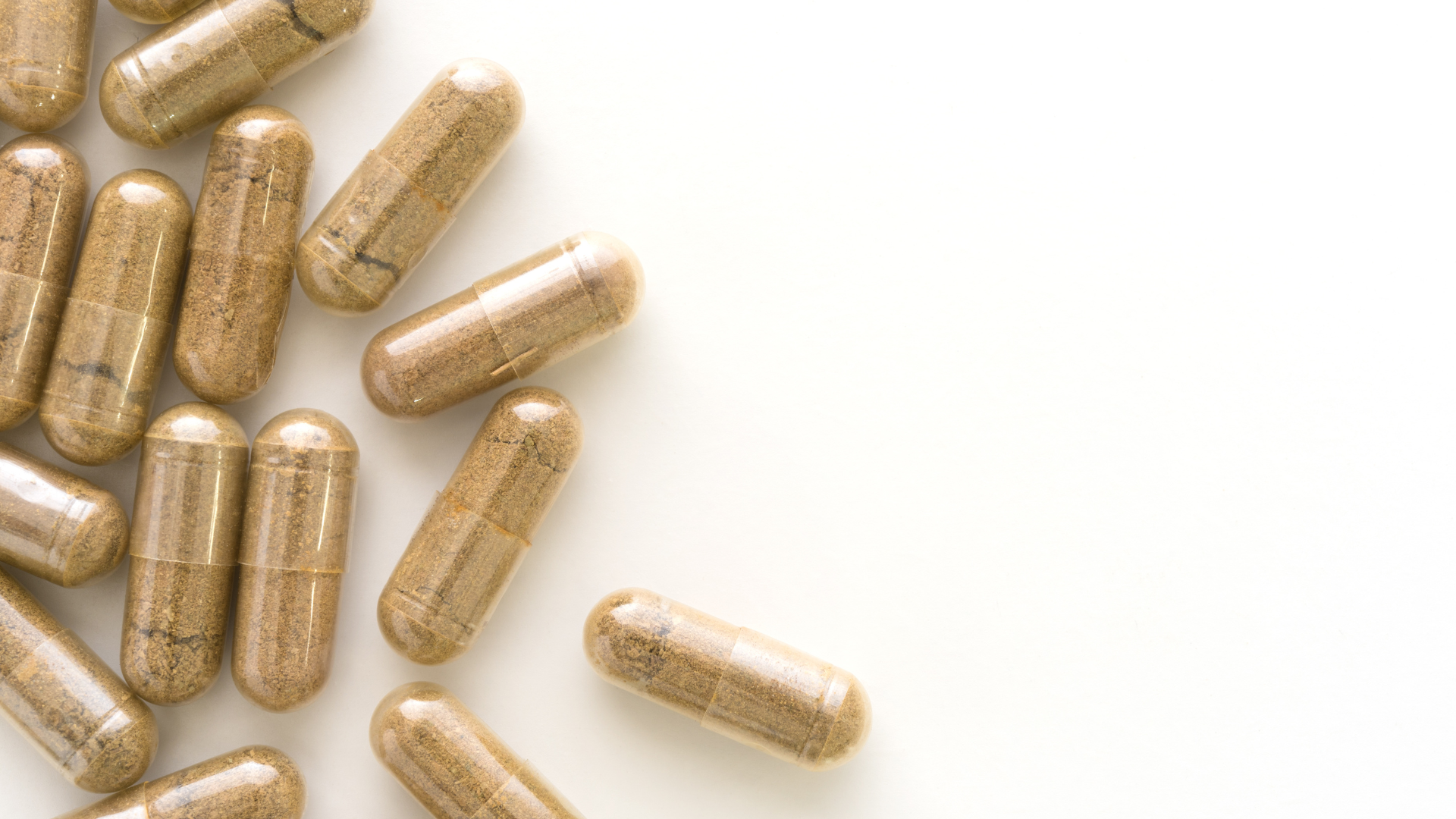Vitamin and nutritional supplements are products designed to provide the nutrients and vitamins necessary for the functioning of the body, especially in cases of nutritional deficiencies or in stages of life with intense physiological changes with high requirements, such as childhood. Among others, vitamin D supplementation is recommended during the first 6 months of life; pregnancy with vitamin B9 (folic acid) supplementation or in old age (ageing itself means that in some cases nutrients are not well absorbed and supplementation is necessary). Although a balanced diet should generally be sufficient to meet nutritional needs, on certain occasions, due to genetic factors, lifestyles or special situations of increased stress or exertion, it may be necessary to supplement the diet with specific supplements.
A growing trend in recent years is the use of vitamin supplements for the purpose of improving skin health. The connection between nutrient intake and skin benefits is a long-held wisdom. For example, the consumption of biotin or vitamin B8 is recommended to improve hair health, or the consumption of vitamin C to contribute to collagen formation. This idea has given rise to the term "nutricosmetics", i.e. promoting beauty from within. This concept merges two terms: "nutraceuticals" (defined in 1995 as foods that provide health benefits) and "cosmeceuticals" (topically applied compounds that affect the appearance and function of the skin, a concept first introduced in 1962 by Raymond Reed).
The origin of this concept is based on scientific studies indicating the health benefits, including skin, of consuming antioxidant-rich foods. The term began to emerge around 2012, when evidence began to emerge of the positive effect of consuming compounds such as carotenoids and polyphenols on sun protection and other aspects of the skin.
Advances in molecular and cellular knowledge of the skin have led to a better understanding of the relationship between skin and metabolism, identifying new areas for improving barrier function, as well as identifying new compounds or combinations of compounds that can modulate skin functions. In this regard, a bidirectional communication between the gut and skin has been established through the gut-skin axis, which influences skin differentiation and immune response.
The gut microbiota, which encompasses a wide diversity of microorganisms residing in the gut - more than 5,000 species including bacteria (97%), fungi and protozoa - plays an essential role in balancing metabolism and the immune system, thus influencing the overall functioning of the body. Among these micro-organisms, several are of vital importance, as they contribute to the breakdown of non-digestible complex polysaccharides into essential nutrients such as vitamins K and B12, as well as generating butyrate and propionate. The latter compounds have a beneficial effect on preserving the integrity of the epithelial barrier.
Research indicates that some intestinal diseases have skin manifestations, and that the gut microbiota plays a role in the pathophysiology of these conditions. The gut microbiota exerts its influence on the skin primarily through two mechanisms: modulation of the systemic immune response and enhancement of the intestinal barrier and permeability. Preserving the integrity of this intestinal barrier plays a crucial role in protecting the microbiota, preventing its entry into the systemic circulation and preventing intestinal inflammation.
The diet also exerts a fundamental role in the handle of some problems dermatológicos, since some alimentary components can damage the integrity of the intestinal barrier, allowing that the intestinal bacteria access to the bloodstream.
Therefore, the disbiosis intestinal (disequilibrium in the microbiota) can affect negatively to the skin. Metabolites derived of intestinal bacteria can affect to the differentiation of the skin and to the integrity of the cutaneous barrier when arriving to the skin through the bloodstream, what results in loss of water and queratinización altered. The disbiosis also can unchain an answer inflamatoria, what contributes to cutaneous disorders like the dermatitis atópica, the psoriasis and the acne.
This new area of knowledge is promoting the again compound employment bioactivos in the formulations of the alimentary supplements so that they improve so much the health like the functions of the skin adapting them, according to physiological states and lifestyles, basic foundations of the maintenance of the welfare and the beauty of the skin. In this sense, in addition to the vitamins find the carotenoides or other compounds that modulate the microbiota like the probióticos (alive microorganisms allocated to keep or improve the microbiota normal) or the prebióticos (generally fibres that act like nutrients for the microbiota human).
Probiotics are foods or supplements containing live microorganisms intended to maintain or enhance the "good" bacteria (normal microbiota) in the body. Prebiotics are foods (usually high in fibre) that act as nutrients for the human microbiota. In this regard, a key aspect of the efficacy of nutritional supplements is to have scientific evidence of the benefits they provide. For this purpose, different study tools can be used at different stages of the product development process.
One of them, prior to the intervention study in the population group of interest, are in vitro studies as rapid diagnostic systems that allow the selection of bioactive compounds or combinations of nutrients according to their synergistic effect. At AINIA we have a very useful and interesting experimental system for the study of nutritional supplements aimed at improving skin health based on the use of a dynamic in vitro digester that allows us to simulate the digestive system and the colon, as well as cellular models, which can be based on complex techniques such as 3D bioprinting, that mimic the skin in vitro. Through this system, key points of a nutritional supplement can be determined: the bioavailability of nutrients, the modulation of the microbiota, in case the strategy involves the gut-microbiota-skin axis, and the modulation of biomarkers of skin function such as collagen formation, skin regeneration or improvement against psoriasis.

